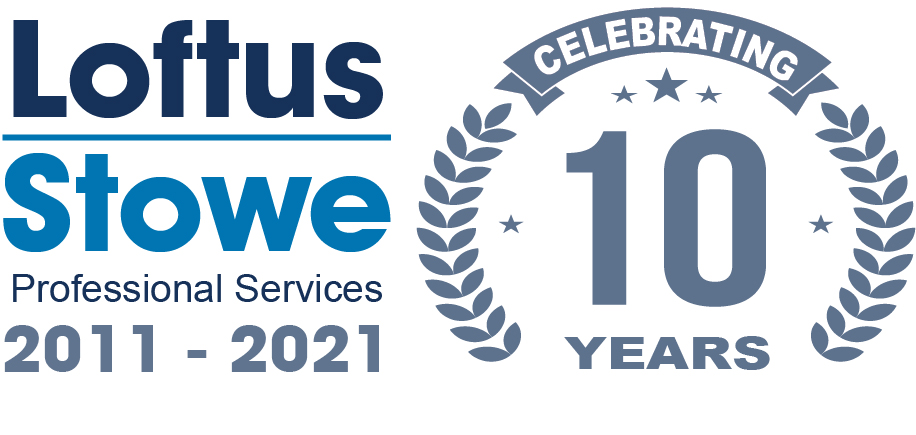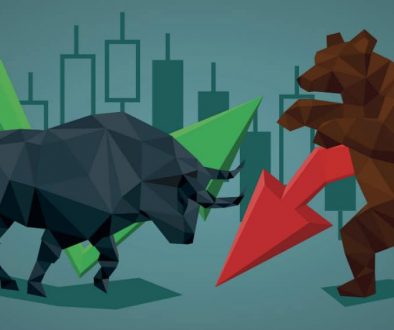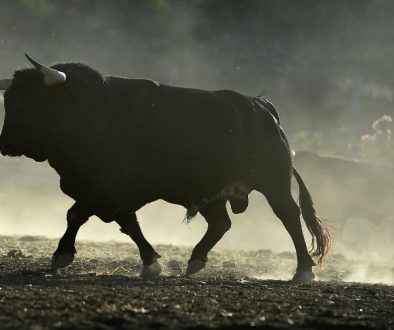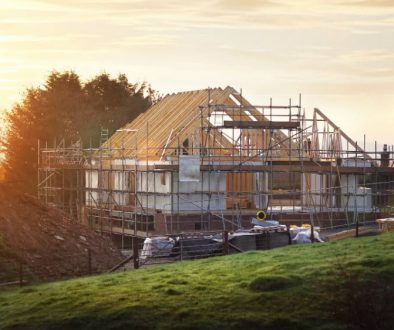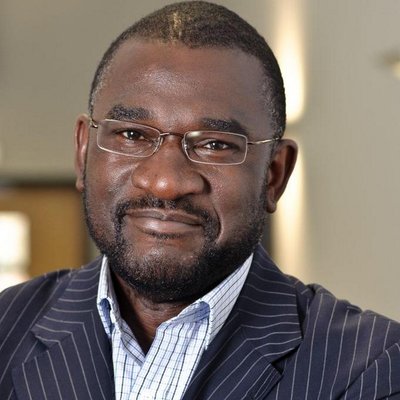Shareholders of Vodafone (LSE: VOD) were cheered by the companys annual results this week, with the board lifting the dividend by 2% to 11.45p a share. The dividend is a big draw for investors, with a 5% yield on offer at a current share price of 228p. But can Vodafone afford it?
Cash flow is the lifeblood of dividends
On the face of it, things dont look good. Earnings per share came in at just 5.04p, and wont get close to covering the dividend any year soon. However, accounting earnings are one thing, but its cash flows that are the lifeblood of dividends. With Vodafones huge Project Spring investment programme now completed, how are cash flows shaping up?
The table below shows some select numbers that Ill refer to in examining Vodafones cash flow and dividend prospects.
| Financial year | Capex (bn) | Free Cash Flow (bn) |
Licence & spectrum costs (bn) |
Restructuring costs (bn) |
FCFafter licence & spectrum and restructuring costs (bn) |
Ordinary dividends (bn) |
|---|---|---|---|---|---|---|
| 2012/13 | 5.3 | 5.7 | 2.5 | 0.3 | 2.9 | 4.8 |
| 2013/14 | 6.3 | 4.4 | 0.9 | 0.2 | 3.3 | 5.1 |
| 2014/15 | 9.2 | 1.1 | 0.4 | 0.3 | 0.4 | 2.9 |
| 2015/16 | 8.6 | 1.0 | 2.9 | 0.2 | (2.1) | 3.0 |
| 2016/17 | 6.8 (est.) | >3.2 | 1.5(av.) | 0.25(av.) | >1.4 | 3.1(est.) |
The elevated capital expenditure in 2014/15 (9.2bn) and 2015/16 (8.6bn) reflects Vodafones Project Spring investment programme. Taken in isolation these numbers appear huge, but when we look at other years, we can see that Project Spring pretty much represents three years of normal capex squeezed into two. Massive annual investment is simply a fact of life in Vodafones industry.
Based on statements by the company, I calculate capex normalising to 6.8bn in 2016/17 1.8bn lower than the year just gone. This will help free cash flow (FCF) rise from 1bn to Vodafones explicit guidance of at least 3.2bn. As you can see, this would cover the ordinary dividend payout, which I estimate will be 3.1bn the first time FCF will have covered the dividend since 2012/13.
However, the FCF figure Vodafone gives is before M&A activity, licence & spectrum costs and restructuring costs. While M&A activity is certainly discretionary, I prefer to treat licence & spectrum and restructuring costs as annually recurring and necessary expenses. On this basis, FCF hasnt covered the dividend in any of the last four years and wont cover it in 2016/17, assuming the annual average of combined licence & spectrum and restructuring costs of 1.75bn.
A much more encouraging picture
If Vodafones guidance and my estimates are near the mark, Vodafone wont be quite at the point this year where FCF (after licence & spectrum and restructuring costs) covers the dividend. However, with operating cash flows set to rise as the Project Spring investment comes through over the next few years, and 10.2bn of cash on the balance sheet for M&A activity, its not hard to see Vodafone moving quite rapidly to a position where the level of FCF means the company can afford the dividend.
In summary, then, the cash-flow outlook paints a much more encouraging picture for the sustainability of Vodafones dividend than that presented by earnings forecasts. As such, I would say that the companys 5% dividend yield appears attractive.
There are a good many alluring yields around to tempt investors right now, but not all may prove sustainable. One company with outstandingly bright dividend prospectsis analysed in a FREE without obligation report, A Top Income Share From The Motley Fool.
Thecompany in question has gone unnoticed by many investors, but is shaping up to be a real dividend champion. Last year’s payout was covered 3.5 times by earnings and the dividend is set to march securely higher in the years ahead.
To read the exclusive FREE report on this emerging dividend gem, simply click here now!
G A Chester has no position in any shares mentioned. The Motley Fool UK has no position in any of the shares mentioned. We Fools don’t all hold the same opinions, but we all believe that considering a diverse range of insights makes us better investors.
